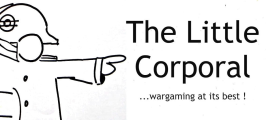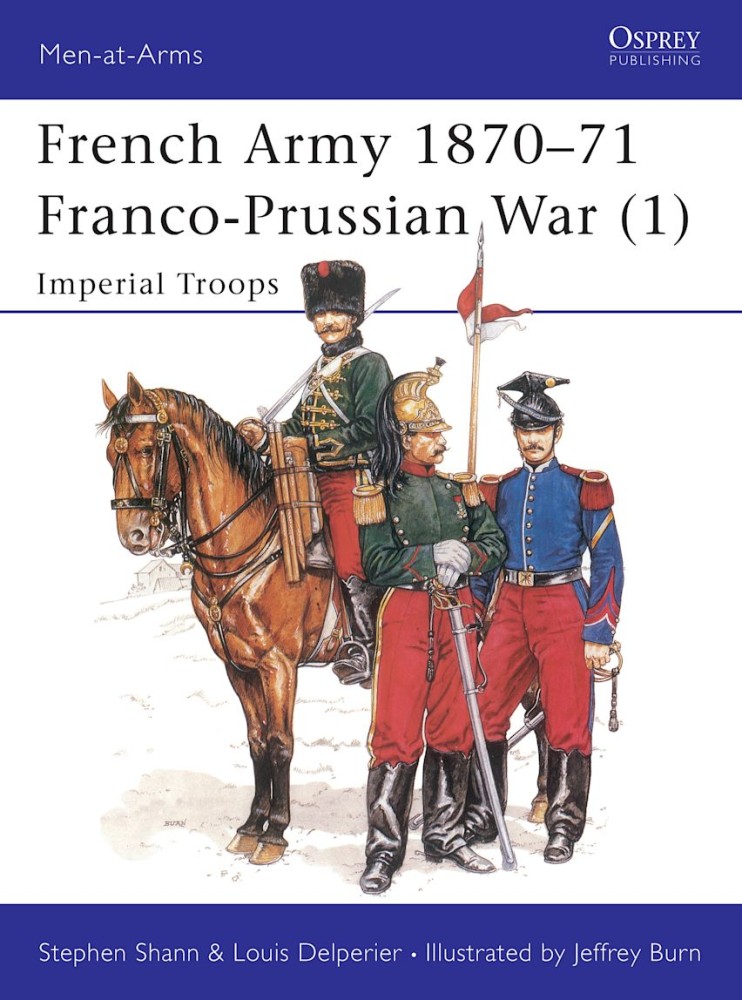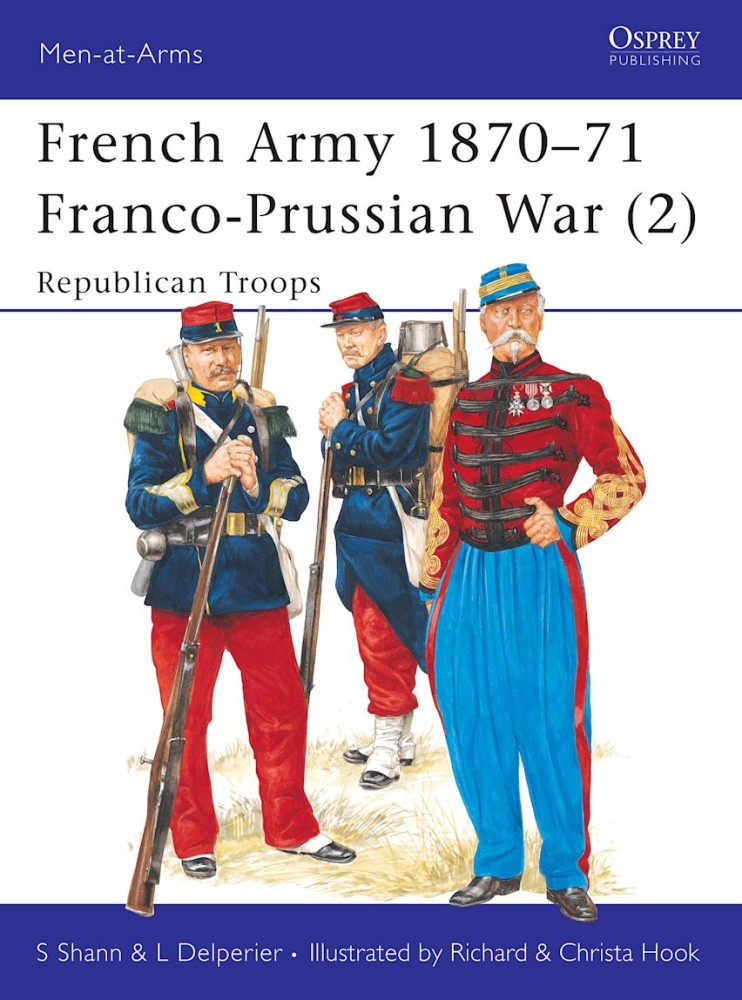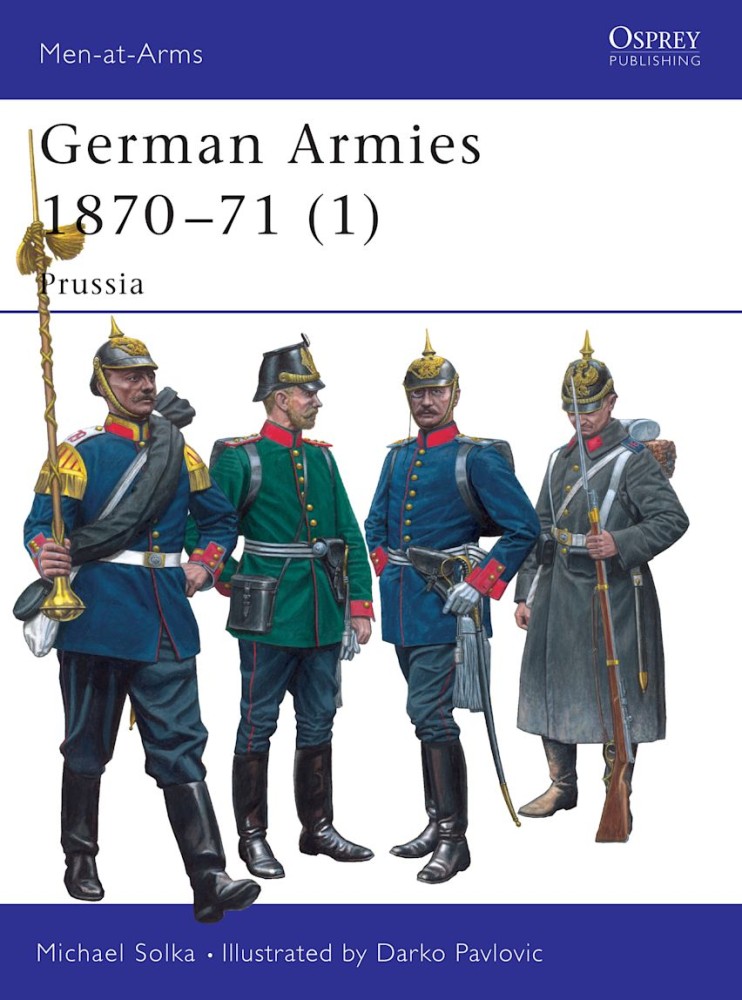At the time of the Second Empire, under Napoleon III, the French army, elevated from tactful obscurity, was re-modelled on Napoleonic lines. This army first fought in the Crimea, and then against Austria. Later, In Mexico, they had a disastrous adventure while in Europe Prussia was fast emerging as a challenge to France's military pre-eminence. Together with Austria, Bismarck first crushed Denmark before turning on Austria herself. The victory at Sadowa in 1866 stunned Europe, and in Paris Napoleon and his advisers set to thinking of a way to counter this new threat. In this first of two volumes looking at the French Army of the Franco-Prussian War, Stephen Shann and Louis Delperier examine the history, organisation and weapons of the French Imperial troops.
The capitulation of Napoleon and his army at Sedan in September 1870 shook Paris to its foundations. The Second Empire was swept from power, and a Government of National Defence hastily put in its place. To replace the weakened professional army the French called for a 'war of the people'. A companion volume to Men-at-Arms 233: The French Army 1870-71 Franco-Prussian War (1) Imperial Troops, this book covers the forces that participated in the second half of the campaign, including the regular army, l' Armeé d' Afrique, la Garde Mobile, la Garde Nationale and the naval forces. The text is accompanied by contemporary photographs and detailed colour plates.
The crushing victory by Prussia and her German allies in the Franco-Prussian War, 1870–71, destroyed one empire and created another. It finally unified the German states into an empire under Prussian leadership – an empire proclaimed in the very halls of captured Versailles. In 1870 Prussia's reformed mobilization system put enormous armies into the field with unprecedented efficiency. The confidence which the victory encouraged among German militarists, and the intolerable humiliation it inflicted upon France, ensured that an even more destructive war was soon inevitable. This, the first of two titles, lists and illustrates the units of Prussia and her North German Confederation, the powerhouse of a formidable military machine.



